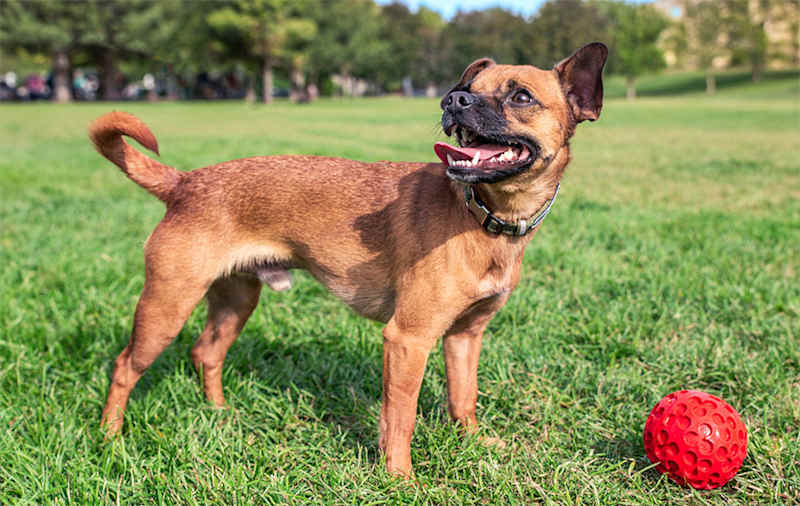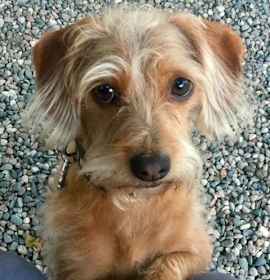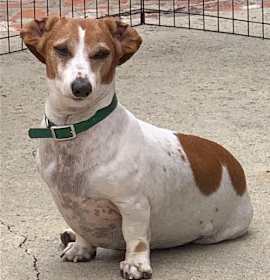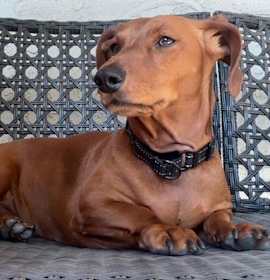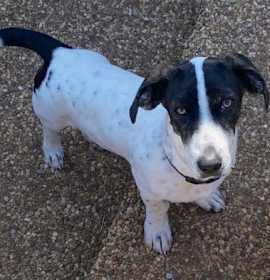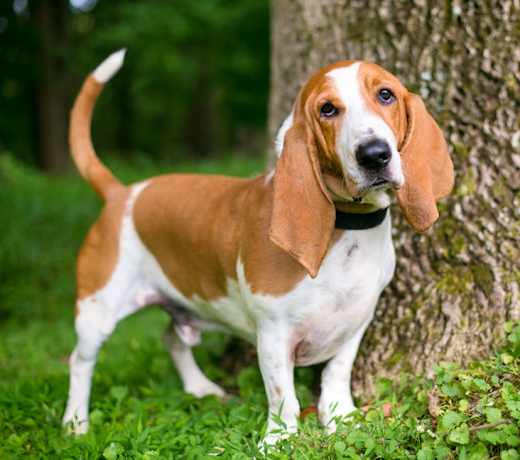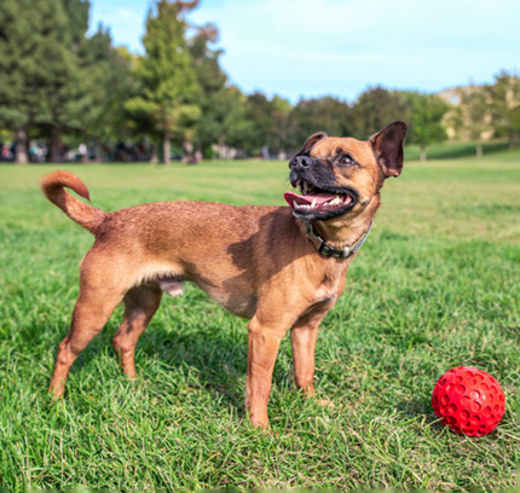Dapple Dachshunds have a distinctive coat pattern caused by the merle gene, which creates a mottled or swirled appearance with lighter patches of color on a darker base. This pattern can appear in any coat type — smooth, long-haired, or wire-haired — and in a variety of colors, such as black and tan, chocolate, red, or blue.
Dapples have eye-catching and often unpredictable markings. Some may also have one or both blue eyes, especially if the dappling affects the face. It’s important to note that breeding two dapple Dachshunds can produce “double dapples,” who have a higher risk of health issues, particularly with vision and hearing. Responsible breeding practices are essential to maintain the health of this striking variety.











